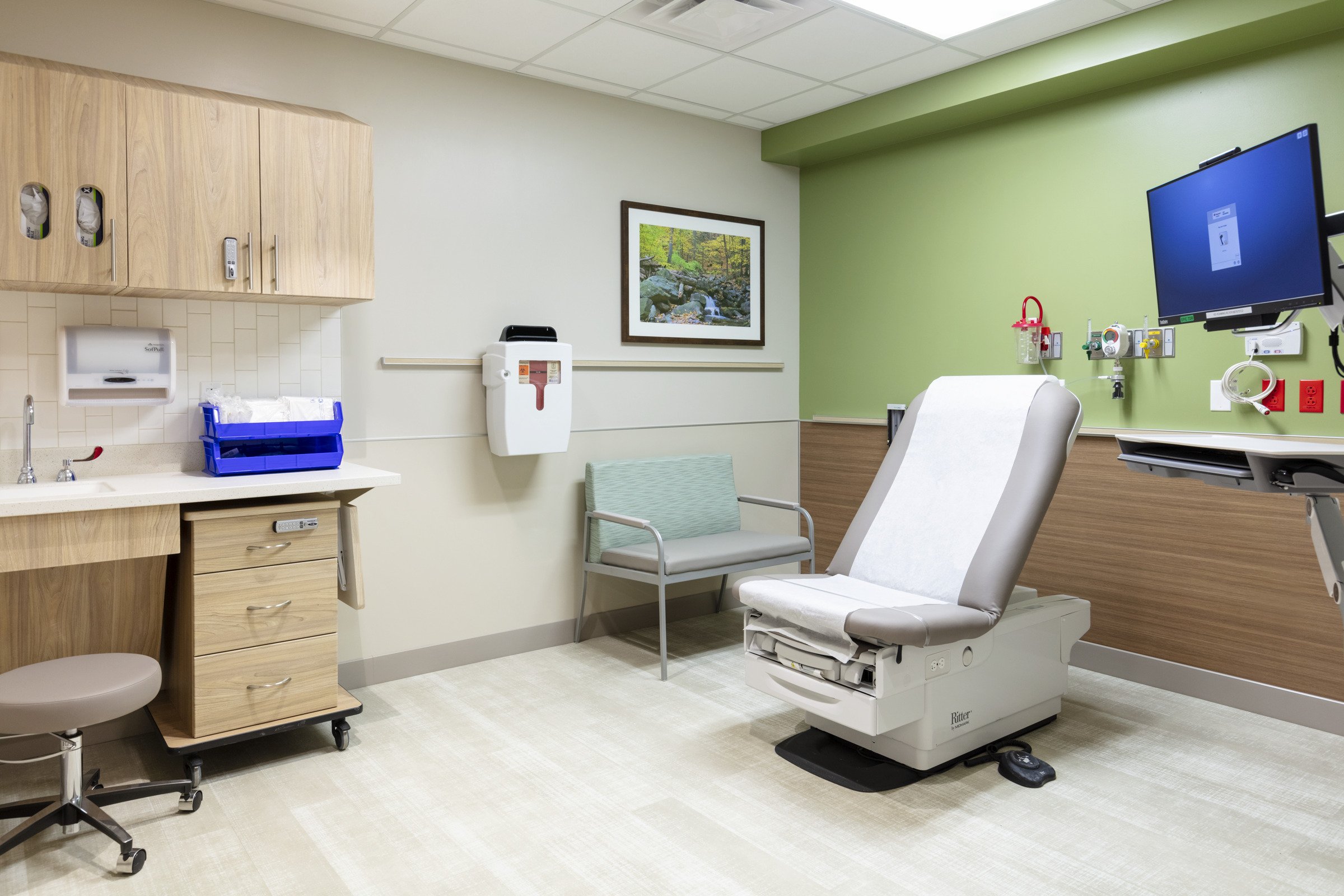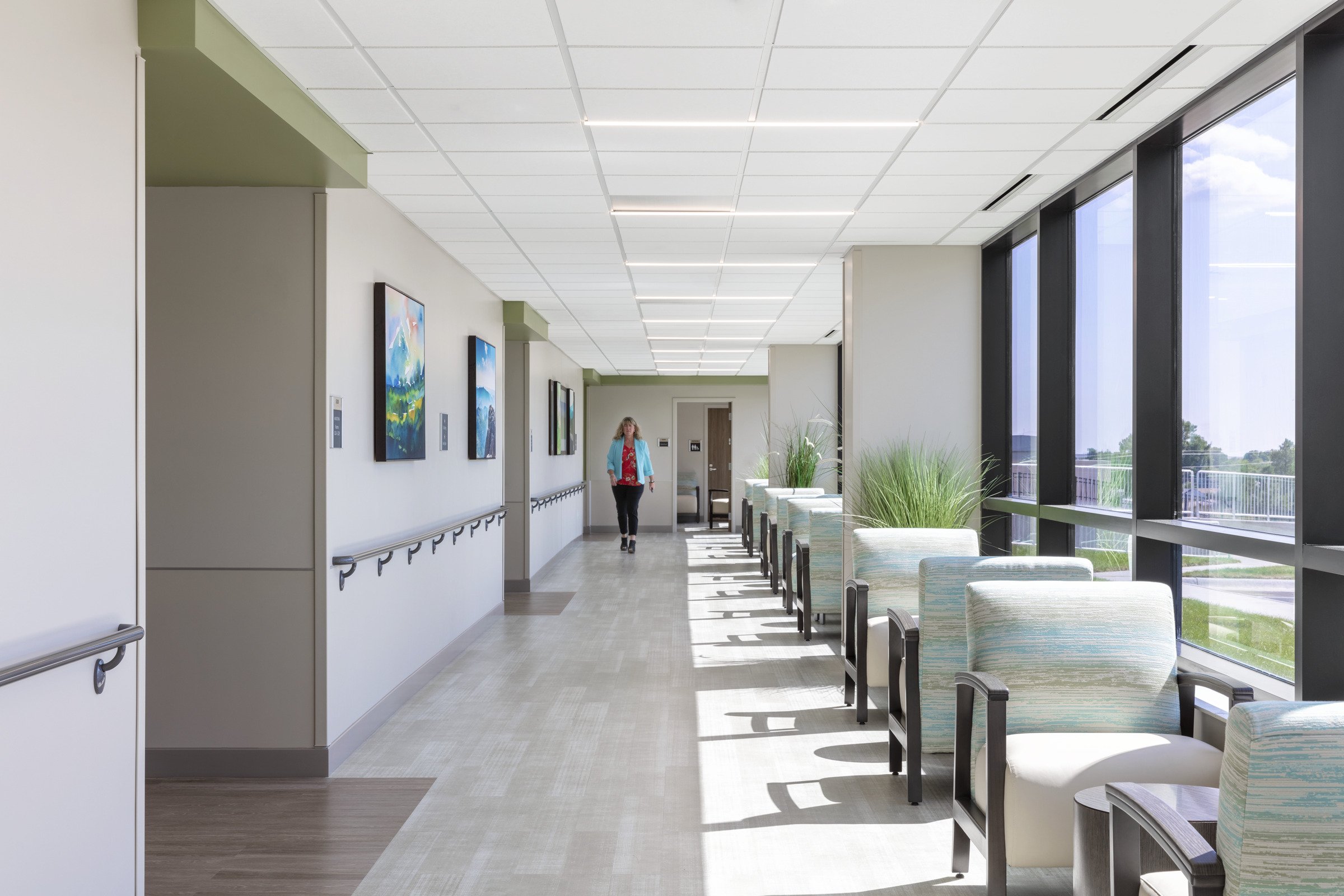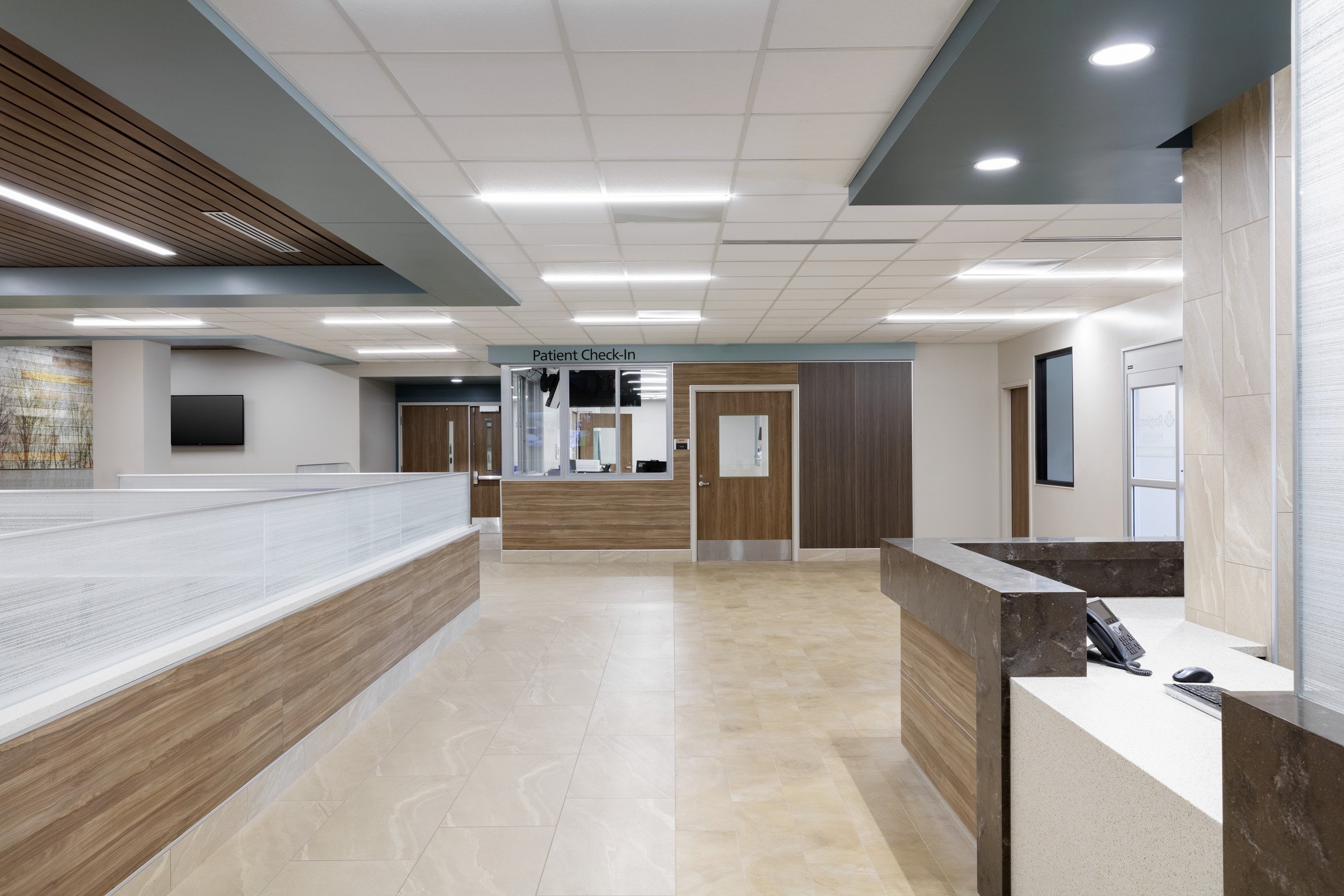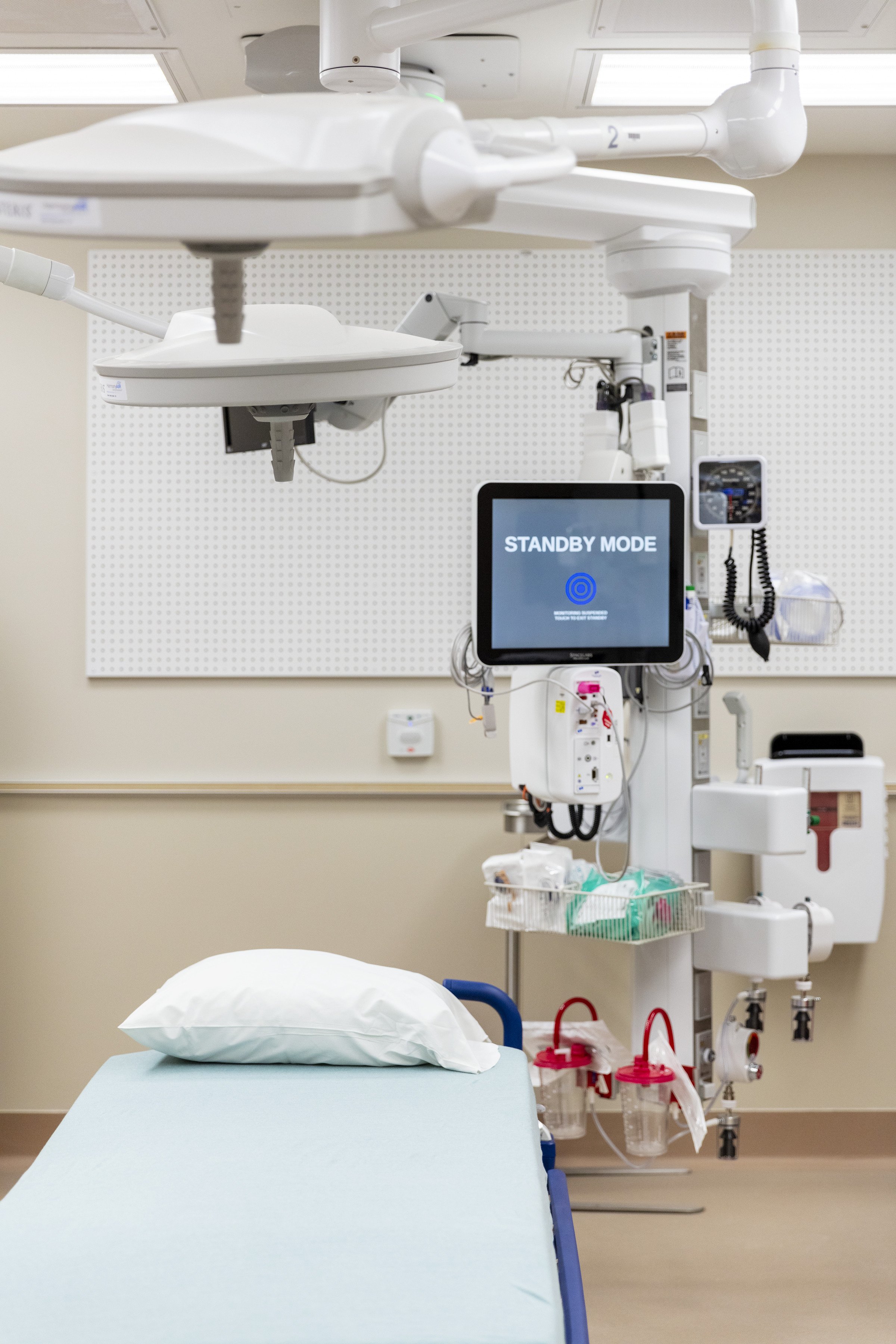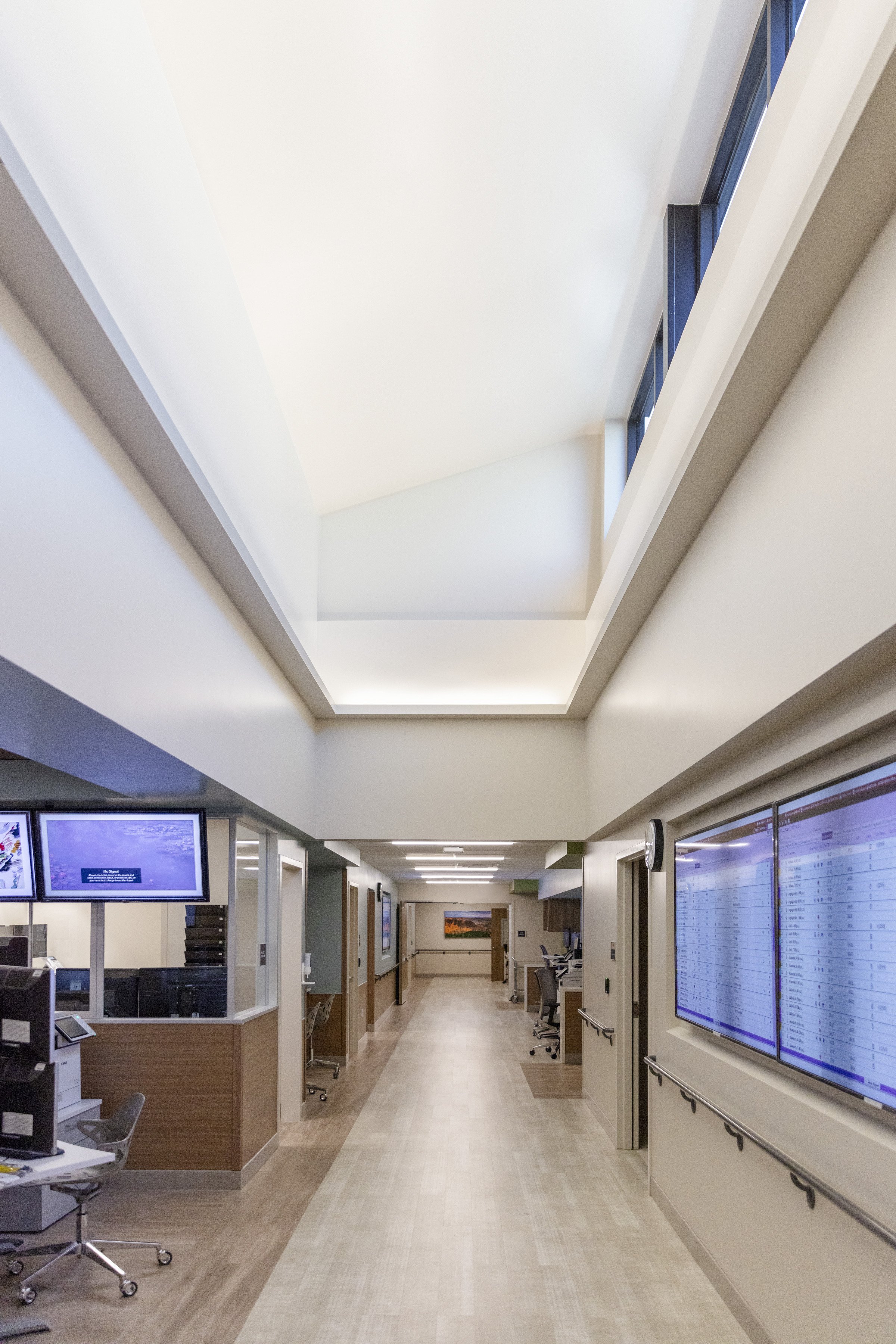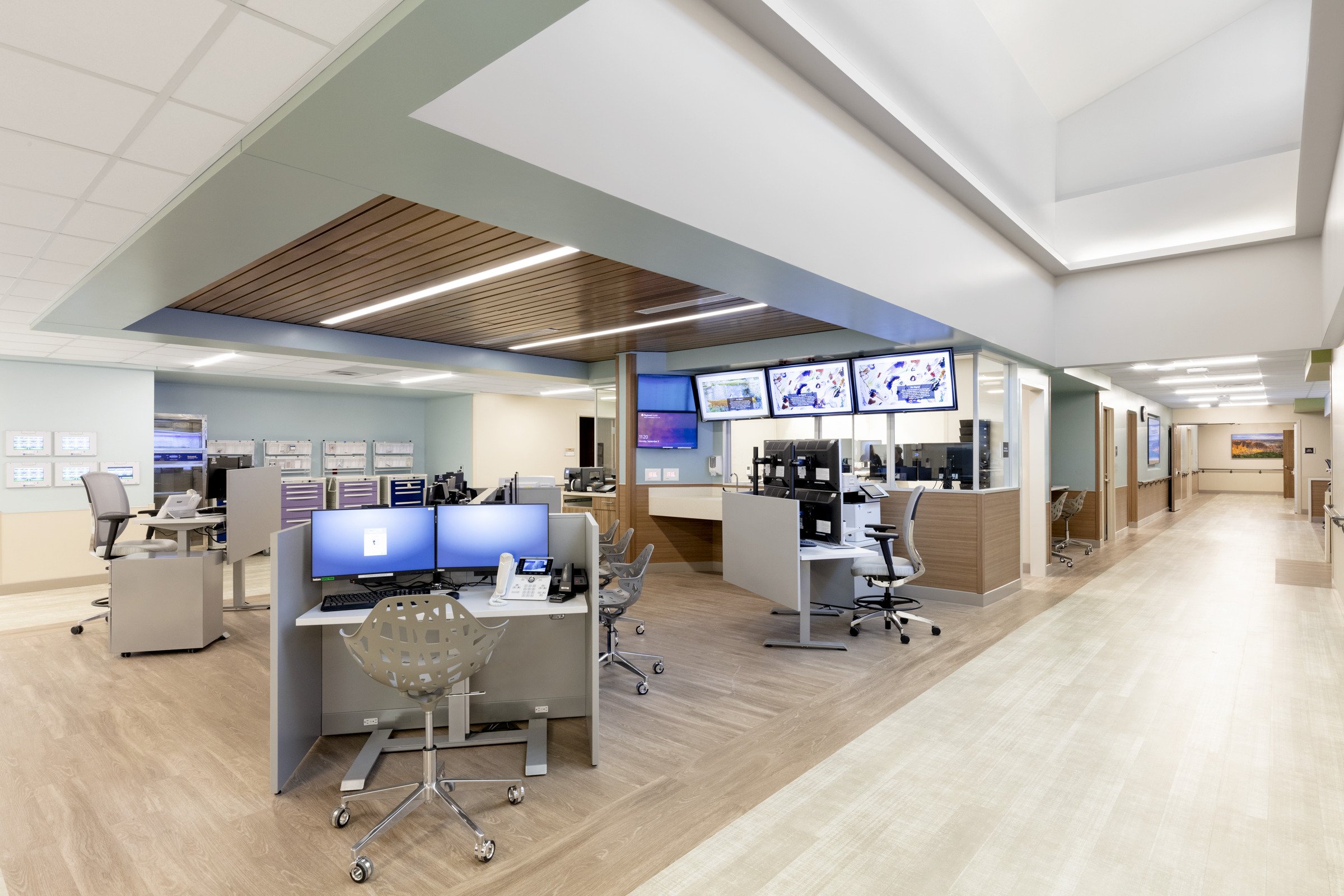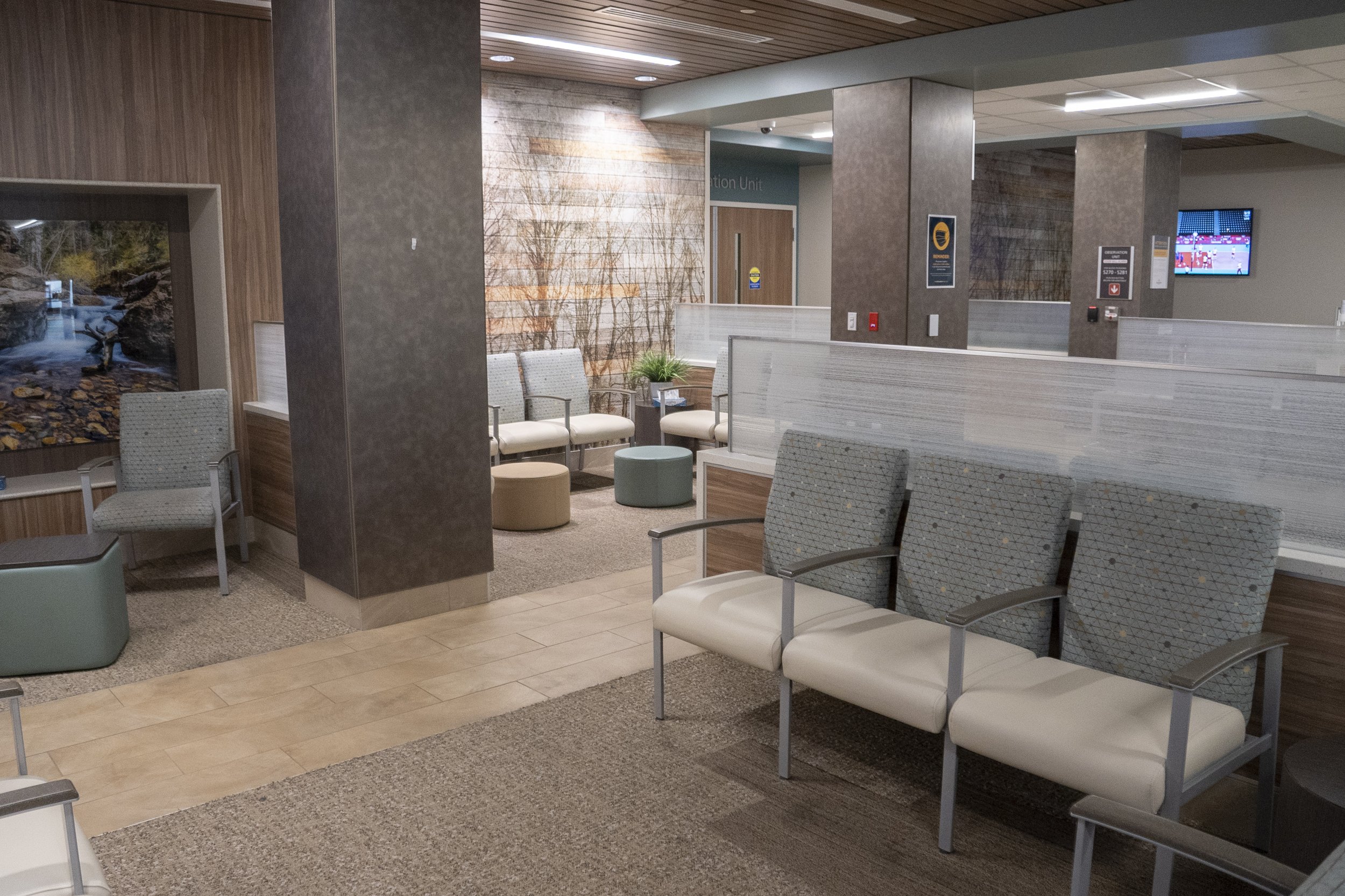Life in the Fast Lane: Dr. Stephen Dick, Emergency Physician, Monument Health Rapid City Hospital
By Alex Strauss, MED Editor
Every year, an estimated 65,000 patients come through the Level 2 Trauma Center at Monument Health Rapid City Hospital, the largest and busiest ER in the tri-state area. For more than three decades, Dr. Stephen Dick has been the personification of hope for many of those patients as well as a model of compassion, strength, and humility for his ER colleagues.
As a past member of the Monument Health Board of Directors and former Director of the Emergency Department, Dr. Dick helped shepherd the ED during a time of both unprecedented pressure and unprecedented growth.
Now, as he prepares to reduce his hours (or "ride off slowly into the sunset," as he puts it), we spoke with him and current ED Director, Jennifer Murray, RN, about his long career, the last few volatile years, and the joys and challenges of emergency medicine in the Black Hills.
From SD to CA and Back Again
Dr. Stephen Dick describes himself as "just a dumb farm kid from Nisland", a small town near Belle Fourche, South Dakota, who more or less stumbled into a career in medicine when he switched his major at the University of Nebraska from religion to biology.
"Most of the other science students were pre-med and since they were my friends, I took a medical school entrance exam, too," he says. "Once you get accepted to med school, you get on a bullet train that you can't get off."
Not that he wanted to. During medical school and later residency at Loma Linda University, he grew to enjoy the pace and variety of the ED. But after a year of working amidst drug wars and gang violence in California, he was grateful for the chance to return to Western South Dakota in 1990.
Growth and Expansion
As Dr. Dick grew as a physician, the Monument Health Rapid City Hospital Emergency Department also grew, serving more patients and higher acuity patients each year. On the cusp of the COVD 19 pandemic in September of 2019, the hospital expanded the footprint of its emergency room by 129 percent, enabling it to accommodate up to 40 patients at a time.
Dr. Dick not only oversaw the design and opening of the expanded ER. but ED Director Jennifer Murray, RN, says he also helped foster a vital sense of unity when COVID threatened to pull the department apart.
Jenn Murray, RN
"During the pandemic, we started to see a breakdown in the relationship between our physicians and the rest of the staff," says Murray. Physical separation because of construction, mask-wearing, and the addition of traveling staff made communication harder just when it was needed most. In response, Dr. Dick instituted regular, casual off-site get-togethers for the entire department, which still happen quarterly.
There have also been new workflow challenges since the pandemic. With the hospital keeping patients longer as it struggles to find places to send them, the ED now often has to hold sick patients until a bed opens for them. At the same time, they are charged with triaging and moving patients out of ER waiting areas faster, and with fewer nurses.
"It is not always easy, but part of the beauty of the ED is that people who stay tend to thrive on the challenge," says Murray. "Once you realize that this is where you belong, you can't imagine working anywhere else.
ED as 'Safety Net'
Emergency Medicine had only been a recognized specialty for 14 years when Dr. Dick began his career in 1987. It was highly competitive and 99 percent of residency positions were filled. In contrast, last year only 80 percent of emergency medicine residencies were filled. Dr. Dick says the pandemic played a role in that, too.
"When people rotate through the ER, they see that their mentors are burned out," says Dick, who worked through his own struggles with burnout 15 years ago. "The ER has become a safety net for a failing system. Drug abuse, alcoholism, firearms violence, child abuse. It takes such an emotional toll."
Which begs the question: How has Dr. Dick stayed in Emergency Medicine so long?
"What has kept me is the relationships that I've developed," he says. "But I've also come to accept that what we see in the ER is part of the human condition. We have all had heartbreak and pain. I now know that I can minister to that condition without allowing it to erode something in me."
In spite of the many challenges, Dick says better medications, improved efficiencies, and the "human capacity to heal" continue to give him hope for the future.
"If I had to do it again, I wouldn't do anything differently," he says. "I'd still go into Emergency Medicine."





